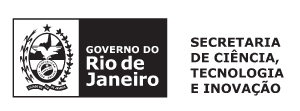BIO

Data visualization designer who explores new metaphors in information communication. He holds a PhD in Science and Information Technology from the University of Coimbra and is currently an Adjunct Professor at Northeastern University in Boston, where he gives master classes in Information and Visualization Design. Previously, he was a visiting professor at the University of Coimbra where he taught at the Intersection of Design and Technology. He was also a doctoral student at the MIT Senseable City Lab in Cambridge and Singapore. His work has been shown at several exhibitions, such as the London Design Biennial, the Ibero-American Design Biennial, the Consumer Electronics Show in Las Vegas, the Talk to Me exhibition at New York's MoMA and the SIGGRAPH computer animation festival. His work has also appeared in a number of books and trade magazines, such as "Fast Company" and "Wired." In 2013, Pedro was named one of the ten most influential information designers in the world by the Italian newspaper "Corriere della Sera".
ART OBJECTS
Dendrochronology of Immigration

This work presents a poetic approach to immigration, which is represented by the growth rings observed in cut trees. Growth rings mark an annual cycle and reflect the variability of the environmental conditions experienced by trees. Therefore such rings are not perfectly shaped for many factors leave their record on the tree, incoming immigrants also contribute to the demographics of a country. In this visualization, rings representing immigration are shown to be thicker in the periods of higher immigration and thinner during the years of war or economic depression. The video shows immigration to the United States between the years 1830 and 2015. The photographs show immigration within the state of Rio de Janeiro and were specially created for the Numerical Existence exhibition.

A video in which the Lisbon’s traffic is metaphorically represented by blood vessels. The city beats like a heart, and each street or avenue is a vein that increases or decreases in size according to the number of vehicles in circulation and their speed. Seen in this way, the city contracts through the dawn and expands during the hours of intense traffic. Instead of being a mere geographic representation based on distances traveled, the map allows the viewer to sense movement in distances based on travel times.
Visualizing Empires decline

In Empires Decline Pedro Miguel portrays the expansion and decline of the four major maritime empires (England, France, Spain and Portugal) through computer-generated animation. The video demonstrates how data visualization can make information visible in the balance between map abstraction and data representation.

A simulation of artificial life created as a reflection on the duality of our personalities between individualism and detachment. In the video, we see caricatures of two types of extremist agents interacting: the selfish and the altruistic. They gather into larger organisms that organize themselves to absorb energy, and to a certain extent can either reproduce or cease to exist. This work is a counterpoint to the unrestricted individualism championed by the controversial novelist Ayn Rand (1905-1982) in "The Fountainhead." In this visualization, energy is represented by lines of text from the speech by the character Howard Roark, who questions altruism.













